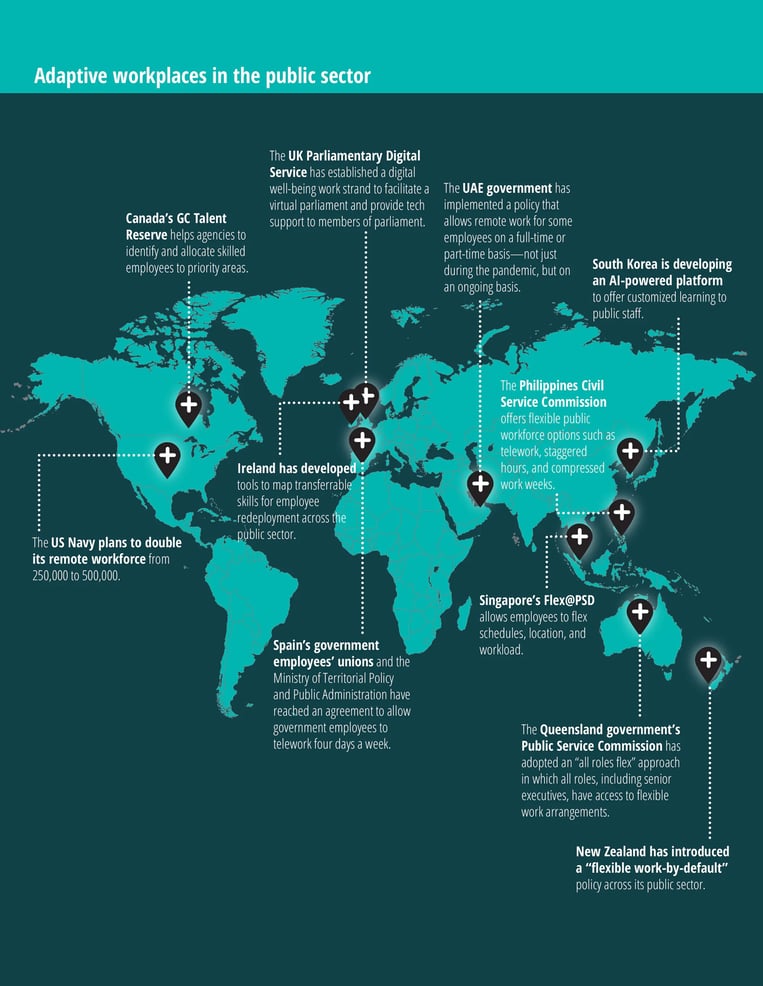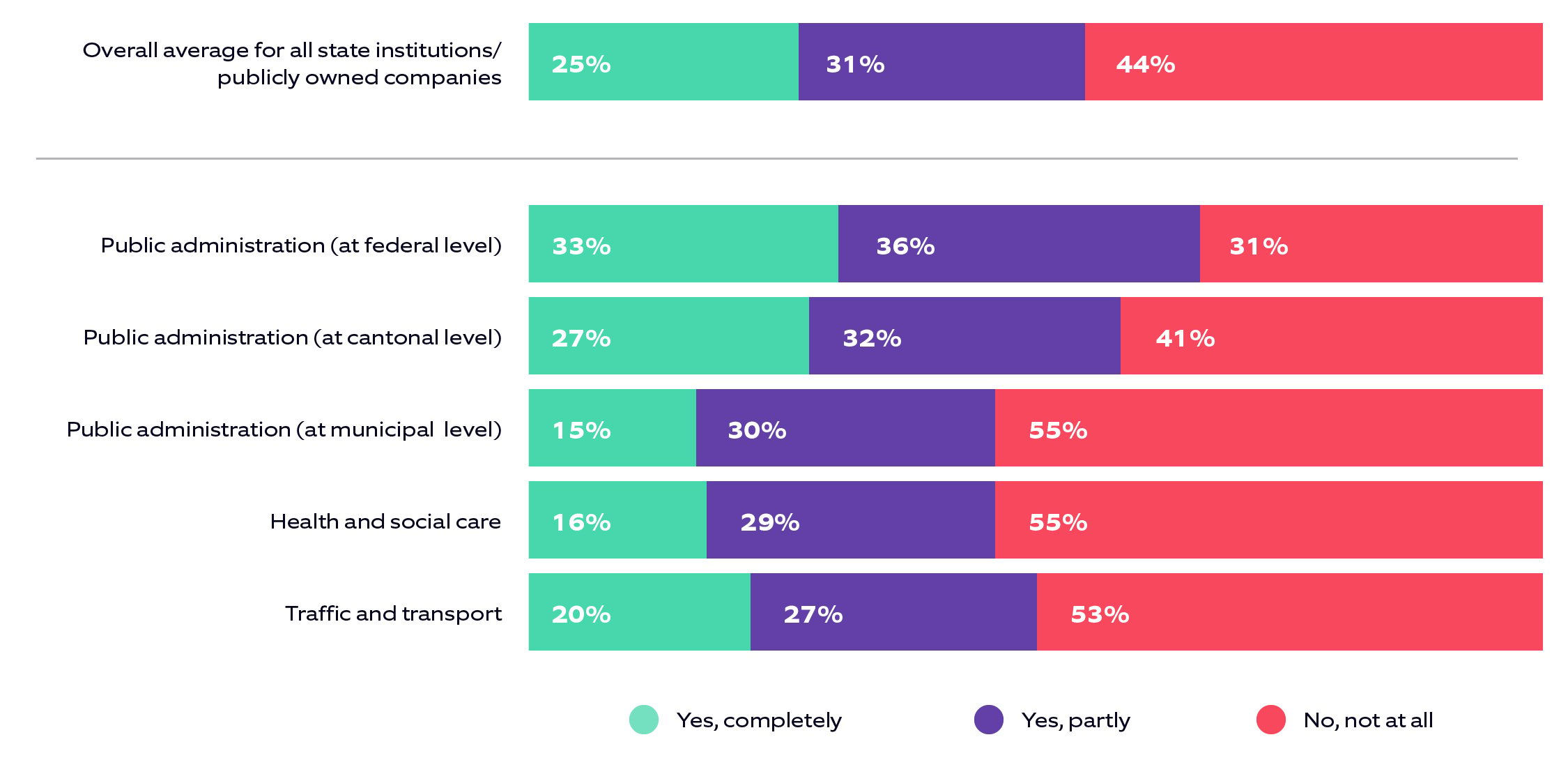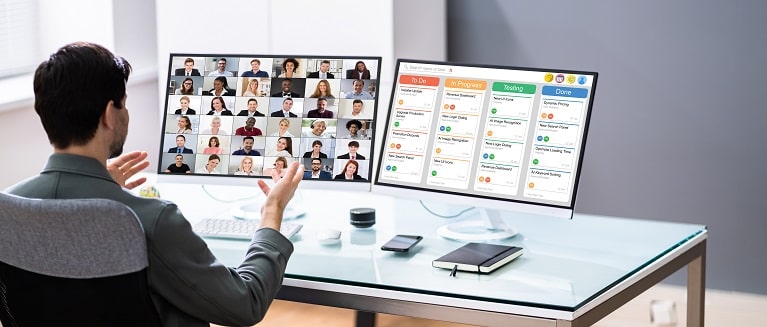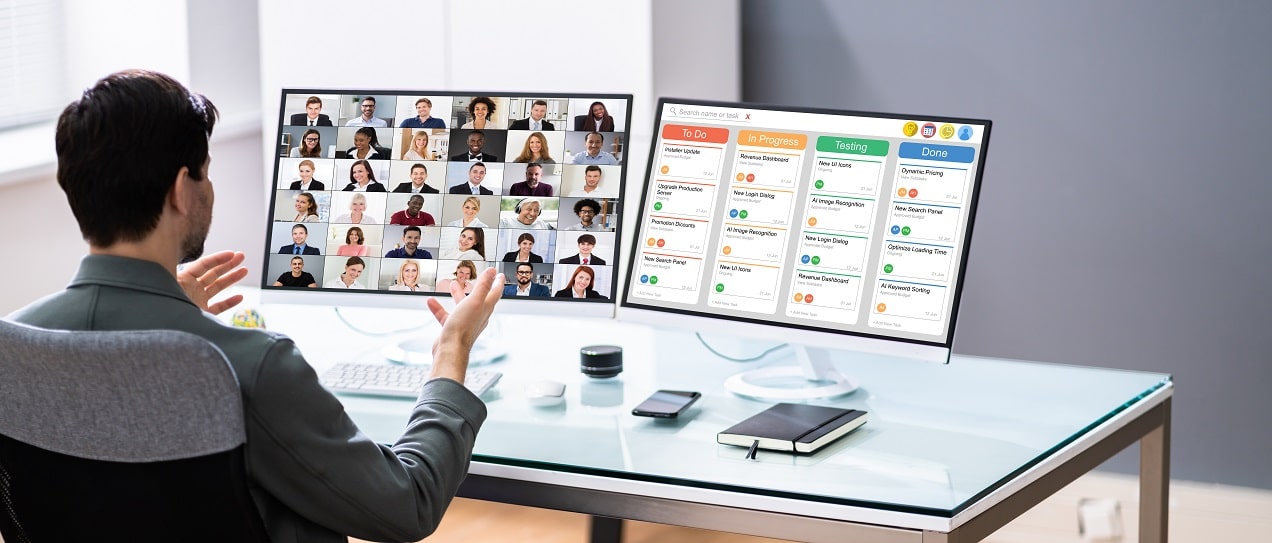Adversity is another name for opportunity. This is best exemplified by how the pandemic changed how we work. Having seen how productivity was unaffected in the "New Normal" amidst COVID-19 lockdowns and restrictions, most organizations are now seriously considering a hybrid working model or even new guidelines, policies, and frameworks for employees who prefer to work remotely.
Within Nagarro, this change was relatively seamless, thanks to our agile setup and initiatives from the senior leadership to safeguard employees from any avoidable risk or exposure to the virus. Although the initial hesitation of a dip in productivity was a concern, most statistics and surveys have proven that wrong. Additionally, hybrid working can help in reducing daily operational expenditures like air conditioning, stationery, office rentals, housekeeping, etc. According to a report, if the US federal government employees who had the option of telecommuting had done so for even half the time, the federal government would need 25% less office space.
However, what works in the private sector efficiently may not necessarily work in the public sector. Let us look at the constraints of hybrid working in the public sector, how it embraced hybrid working during the pandemic, and understand what makes for a successful model to enable hybrid working.
Hybrid working in the public sector: The constraints and changes post-COVID
The public sector is notorious for clinging to legacy systems and old technology, with an aversion to change. This holds true for any public sector across any geography. At the pandemic's start, with no centralized decision-making in place, most public sector employees were left without the basic infrastructure (laptops, secure network, internet facilities) to move to a work from home model. Government employees are generally mandated not to access emails and other applications from private home networks due to specific laws or lack of infrastructure. This meant that the services of the public sector offices were compromised, and employees had to put their health at risk by working at the office premises.
Amidst all this, though, there is a silver lining. The pandemic forced government entities not just to change but change quickly. Remarkably, most employees and institutes have risen to the occasion and embraced digital technologies to pave the way for hybrid working model. Some government entities have adopted digital solutions and services in a matter of days, which would otherwise have taken months, if not years, through the RFP cycles. Even in India, the government's swift adoption of digital solutions (like CoWIN, Arogya Setu) during the pandemic has been creditable and significant. According to an EY report, 80% of government and public services in India have been using digital technology effectively to respond to the COVID-19 pandemic. What really helped was that even the general population adopted these services quite successfully across different age groups and social strata.
Hybrid working in the public sector across the world during COVID-19: An overview
Here is an overview of how government entities across the world embraced the hybrid working model (Deloitte Insights):
As is evident in the following table, while many services are public-facing, many back-end services, administrative services, and routine activities can exist in a hybrid working model. Here is a list of government sector activities that can facilitate a hybrid working model:
Remote working by public sector workers during the coronavirus crisis (Deloitte Switzerland)

Hybrid working model for the public sector: Ways to do it right!
Use collaboration tools
One of the key challenges in the government sector is the lack of cohesion within departments. This leads to redundancy of applications and interoperability challenges. Getting a basic query resolved in a government office often requires multiple offices or desks to get any work done. This is one of the biggest roadblocks in their digitization roadmap.
Nagarro has many collaboration tools and services that enable government sector employees to work remotely and maintain the required security when dealing with Personally Identifiable Information (PII). We have helped organizations move from paper-based file systems to digital, email-based setups where workflows and approval processes can be facilitated. These setups replicate the physical hierarchical structure of the government entities. The only difference is that the process is streamlined and allows a high-level view to check which departments have the most bottlenecks.
Move to the cloud
To enable a hybrid working model, it is essential to access systems and applications from any location. This is possible by shifting from on-premise systems to the cloud. Multiple cloud providers have dedicated government cloud instances that provide all the data safety features regarding access, identity management, authentication, monitoring, etc.
Nagarro's dedicated cloud practice has helped clients successfully migrate to the cloud by converting cap-ex into op-ex, using the suitable roadmap for their cloud infrastructure.
Digitize non-core activities to reduce office visits
Imagine a government office where obtaining signatures of physical documents is a key prerequisite for processing files, claims, budgets, etc. Even within Nagarro, when we respond to public sector proposals, signing every document requires considerable effort and is a tedious process when you consider thousands of pages of documentation (for any proposal/initiative). By using digital signature tools (Nagarro uses HelloSign), these digital signatures can be replicated across thousands of pages within seconds. Using these tools makes it possible to highlight and mark important components, terms and conditions, and sections within the document for the concerned teams for quicker approval and sign-off. This would otherwise take many days in a standard setup.
Get a bot
Address backlogs and relieve overburdened employees to focus on core activities by using a bot. Activities like processing forms, serving standard requests, and information can easily be carried out by a bot. Wherever required, they can be augmented with a human touch for advanced troubleshooting. Chatbots can reduce the time needed to complete such tasks by as much as 70%! AI/ML solutions can process claims, applications, requests, and work orders and prioritize them for action based on their severity.
Nagarro has extensive chatbot and AI/ML capabilities to help public sector departments digitalize their operations and move to a hybrid working model. These front-end technologies can interact with citizens in the physical environment, and when required, have employees dial-in remotely to troubleshoot advanced requests (like any help center). For example, we used AI/ML to read and understand handwritten customer reviews for a leading airline. The reviews were then processed to analyze which services were successful with the customers and which ones required improvement. The reviews were in multiple languages; hence, a task that would otherwise have taken days to decipher and extract valuable insights could now be done much sooner.
In a nutshell
All these initiatives require massive participation from government entities to set up the right infrastructure, framework, policies, regulations, and technology platforms. Their support and adoption can facilitate a digital revolution and hybrid working. We must also change how the public sector entities procure technology and services and measure productivity, which is not necessarily about spending X hours in an office setup.
Incorporating innovative technology and a hybrid working model would also attract the youth to the public sector, which otherwise struggles to tap young, tech-savvy talent. Public sector entities must seize this opportunity to evaluate the lessons learned and challenge the status quo of the existing operational models to provide the services of the future. Do you want to enable hybrid working in your organization? We can ensure a smooth transition! Explore our offerings in the public sector and get in touch with us.





